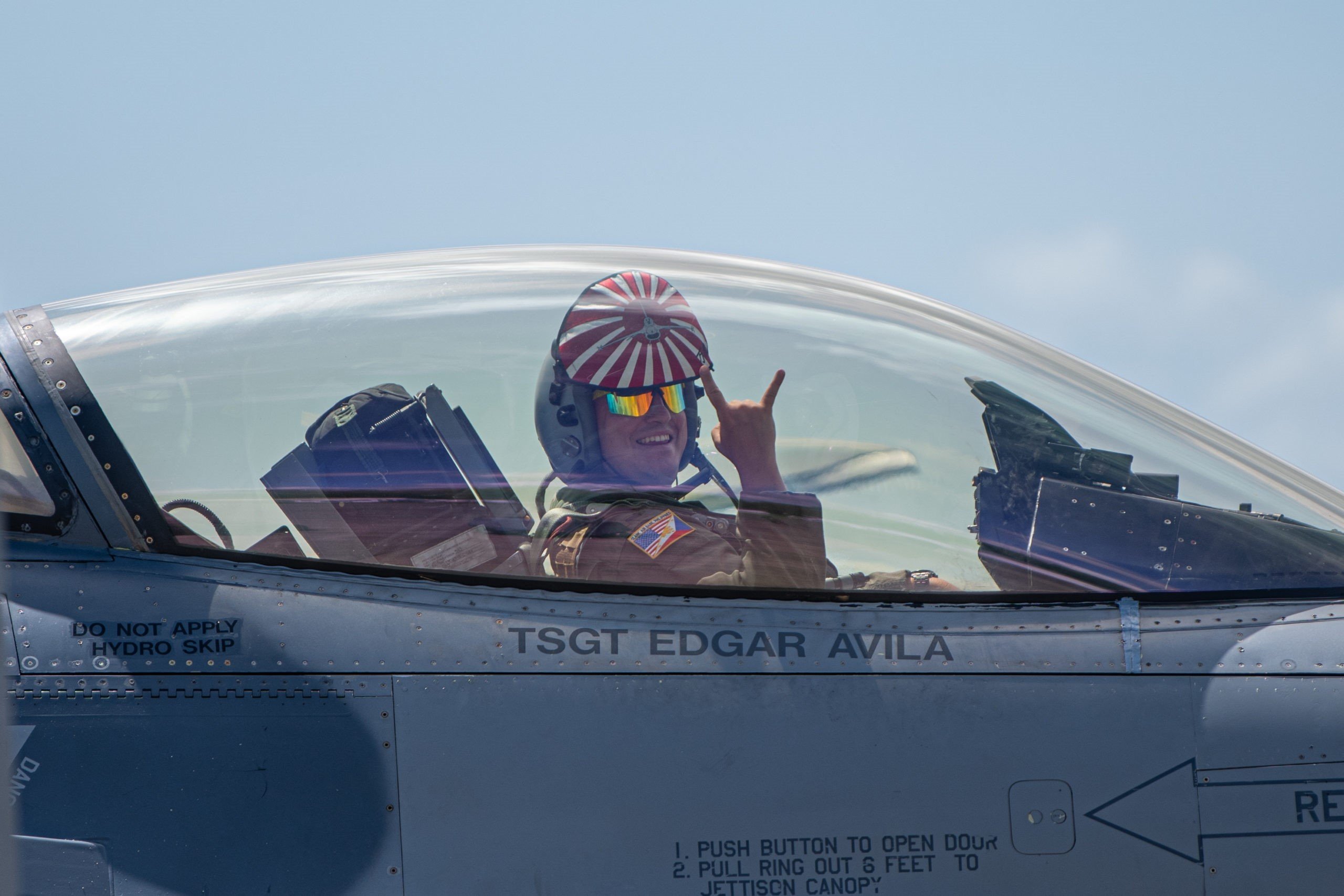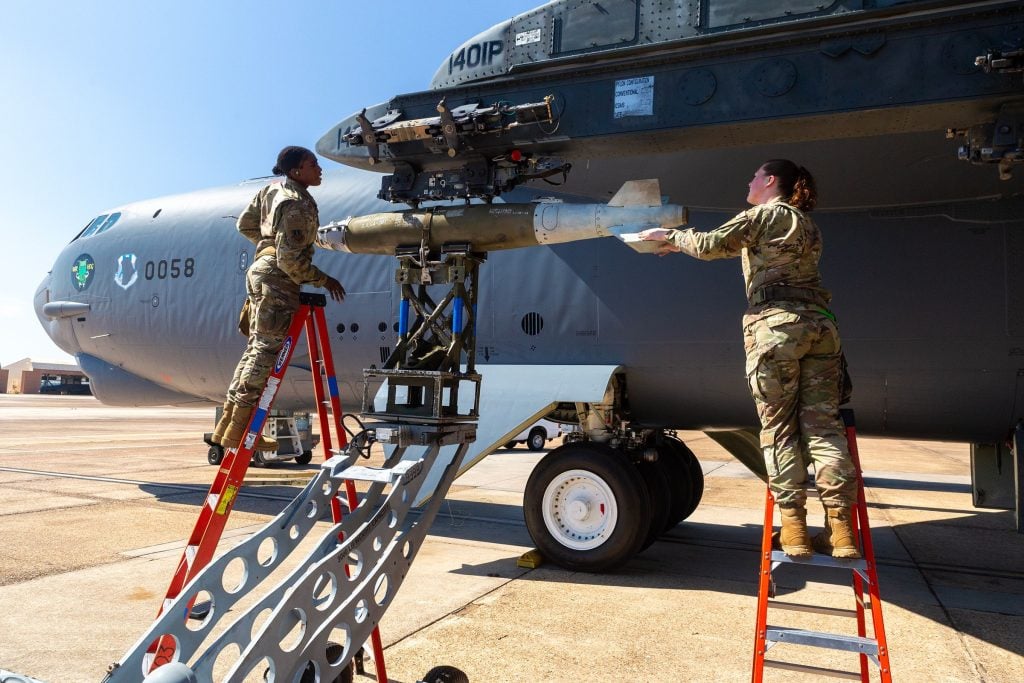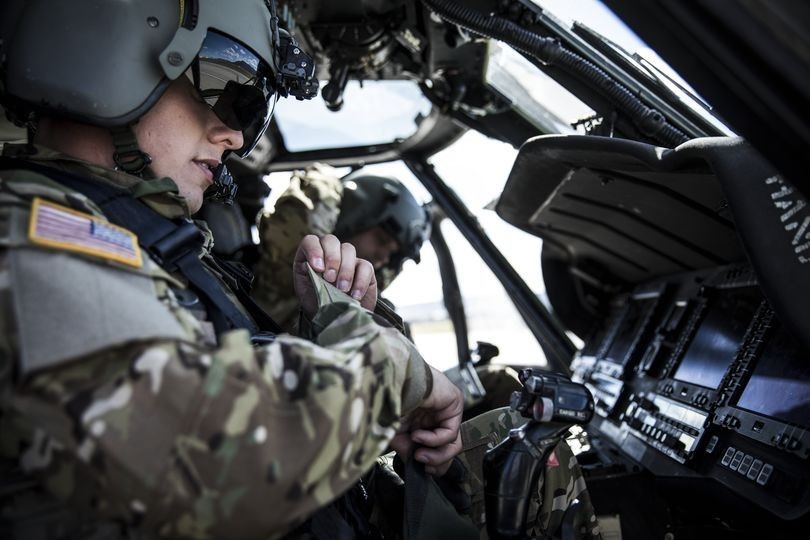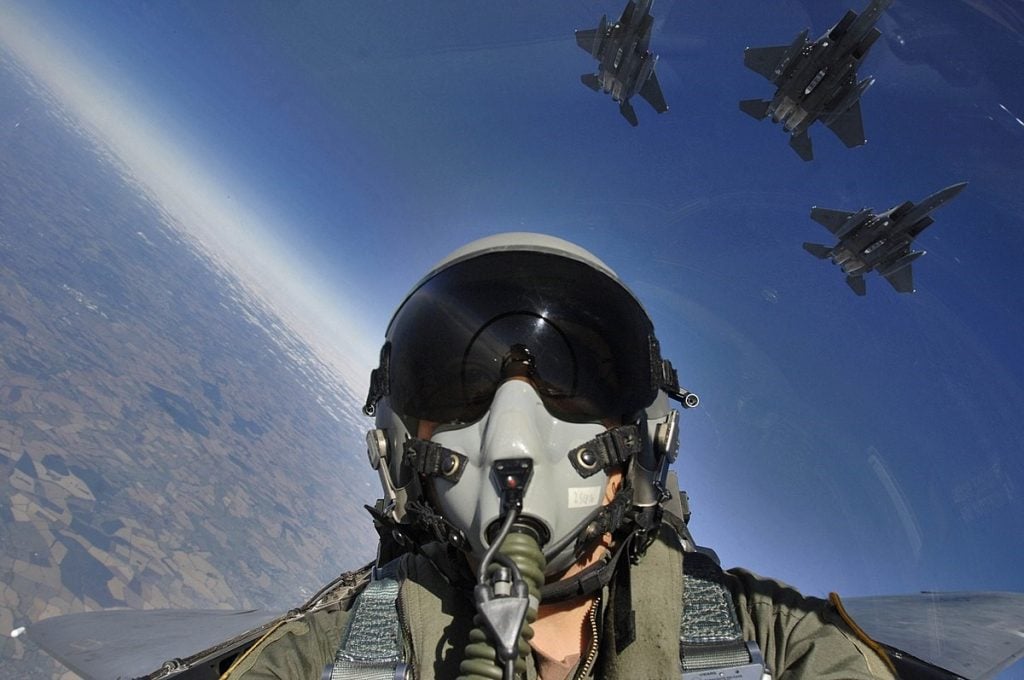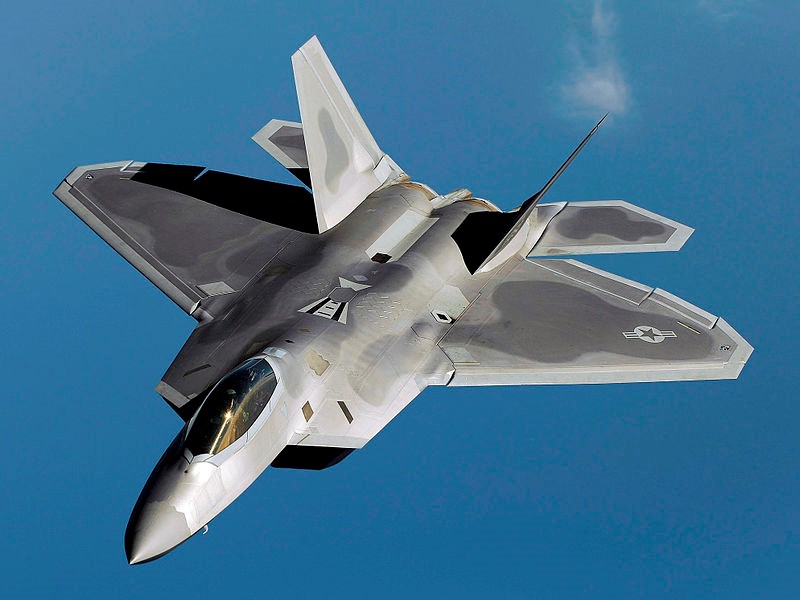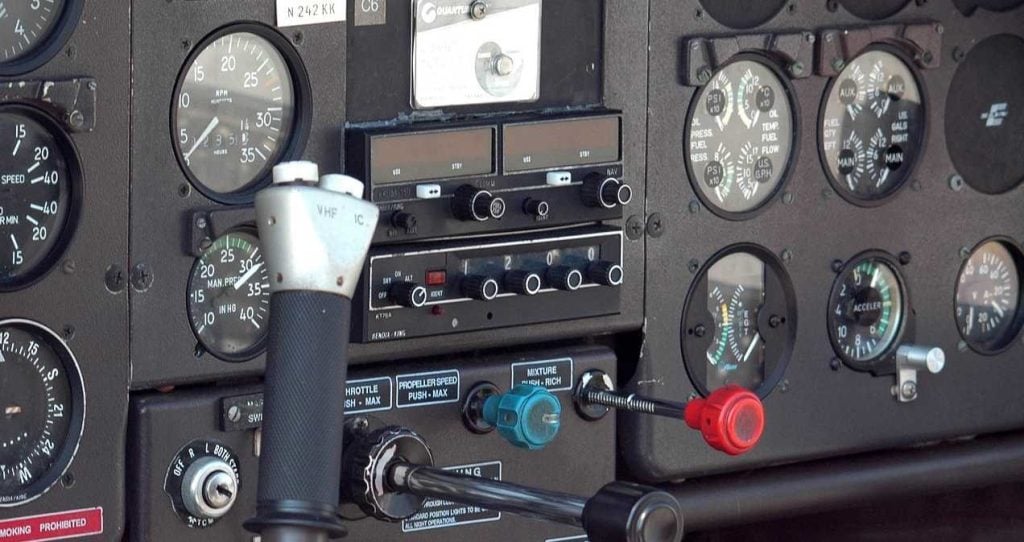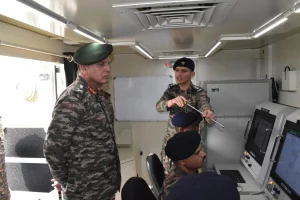The intricate and high-stakes nature of military operations demands exceptional communication capabilities, driving the continuous development of advanced technologies for remote systems like satellites and computers. This article delves into the How Do US Military Pilots Coordinate During Air Missions?. Recognizing the critical role of effective communication in preventing misunderstandings and reducing the risk of conflict, military forces worldwide have invested heavily in transforming their communication infrastructure.
At the forefront of this technological revolution are the US military’s communication systems, which have undergone a remarkable evolution, leveraging cutting-edge innovations to facilitate seamless coordination and information exchange among airborne assets during complex missions.
Designations and Symbols for Military Aircraft and Missions
To ensure standardized identification and classification, all aircraft within the US Department of Defense are assigned specific designations based on their primary function or capability. These designations, denoted by a single letter, serve as a universal language for military personnel to quickly understand an aircraft’s role. For instance, “B” represents a bomber, while “F” denotes a fighter aircraft. Additionally, various prefixes are used to indicate modified mission parameters or the launch environment for missiles, such as “L” for silo-launched.
Also Read | 5 Creative Ways US Jets Use Camouflage
The Secret Language of the Military Skies
Military aircraft rely on a diverse array of communication systems to maintain seamless coordination and information exchange during missions. These systems include ultra-high-frequency (UHF) and very-high-frequency (VHF) combat networks, civil and military air traffic control channels, and specialized military airborne radio communications. Data connection systems, such as Link 16, enable real-time data exchange between various platforms, while tactical data systems like Combat Net Radio (CNR), Mission Command Systems, and Satellite Communications (SATCOM) provide situational awareness and real-time updates.
Command, Control, Communications, Computers, and Intelligence (C4I)
The C4I system plays a crucial role in military operations, aiding commanders in controlling their forces and providing real-time intelligence. By enhancing intelligence gathering, analysis, and surveillance capabilities, C4I gives valuable insights into enemy activities and enables the military to monitor and gather information from multiple sources. This comprehensive system helps military leaders make informed decisions and coordinate their forces effectively, contributing to the overall success of missions.
The Evolution of Military Communication Networks
The US military has long recognized the importance of developing robust communication networks to meet its mission-specific requirements. Following World War II, the delayed processing speed of messages was identified as a key issue, leading to the establishment of the Joint Chiefs of Staff (JCS) and the Defense Communications Agency (DCA). The JCS adopted a concept for a joint military communications network, which ultimately led to the formation of the DCA, now known as the Defense Information Systems Agency (DISA).
Also Read | Top 5 US Fighter Jets That Dominate the Skies with Speed
The USAF Communication Network
The US Air Force has a comprehensive communication strategy aimed at harmonizing all communication systems among military aircraft, ensuring secure information exchange without the risk of enemy interception or location tracking. This strategy encompasses a range of communication systems and navigational products, including avionics communications and navigation systems, electro-optical/infrared (EO/IR) sensors, unmanned aerial vehicles (UAVs), high-frequency (HF) and very high-frequency (VHF) radios, electronic warfare components, and identification, friend or foe (IFF) systems.
Specialized Communication Tools for Fighter Jets
Fighter pilots are trained to communicate primarily over encrypted radio networks to avoid revealing their location to the enemy. Skilled pilots learn to anticipate and effectively handle communication challenges, both within and outside the aircraft. The air defense industry provides a wealth of information on the latest communication, navigation, and identification systems for various military aircraft platforms.
SOVERON Airborne Family and F-16 Block 70/72, T-7A
The SOVERON Airborne Family of software-defined radios offers integrated, high-performance, and scalable communication solutions for military forces, ensuring secure voice and data transmission even in extreme conditions. These radios have been widely adopted, with over 8,500 units used on more than 70 different airborne platforms worldwide. Rohde & Schwarz, the manufacturer of the SOVERON radios, has been selected as the preferred supplier for the Lockheed Martin F-16 Block 70/72 aircraft and the Boeing T-7A Red Hawk advanced trainer.
Enhancing Mission Planning and Coordination
Boeing’s Decentralized Collaborative Planner (DCP) software service, showcased at the US Air Force Emerald Flag exercise, demonstrates the potential of advanced technologies in improving mission planning and coordination. The DCP software uses artificial intelligence to process real-time information, coordinate sensor data, and dynamically assign tasks, enabling faster decision-making and enhanced mission capabilities.
Improving Data Link Capabilities for the F-22 Raptor
The US Air Force is actively exploring ways to enhance the data link capabilities of its advanced fighter aircraft, such as the F-22 Raptor. By improving the F-22’s ability to transmit on the Link 16 network, the Air Force aims to increase the combat readiness and interoperability of its entire fleet. This initiative involves industry partnerships and small-scale experimentation campaigns to reduce risks and find innovative solutions for secure data exchange between fourth and fifth-generation aircraft.
Leveraging Commercial Space-Based Communication
The US military is also exploring the use of commercial space-based communication systems to provide resilient and reliable communication capabilities. The USAF is working with industry partners, such as L3Harris, to develop lightweight communication terminals for military aircraft that can leverage commercial internet satellites operating in low, medium, and geostationary Earth orbits. This approach aims to find new ways of quickly distributing information among land, sea, and air forces, supporting high-speed decision-making.
Adapting to Electromagnetic Warfare Challenges
In the face of adversaries’ efforts to disrupt military communication networks, the US military has demonstrated its adaptability. When Russia’s electromagnetic warfare tactics targeted Ukrainian air defenses and radio communications, Ukraine shifted to historical methods, including the use of runners, dispatch drivers, and a tactical hardwired network. This resilience highlights the military’s ability to overcome communication challenges and maintain operational effectiveness, even in the face of advanced electronic warfare threats.
Also Read | 5 US Aircraft and Their Role in Psychological Operations (PSYOPS)
The Future of Military Communication
As the nature of warfare continues to evolve, the US military’s communication systems must keep pace with the changing landscape. The integration of advanced technologies, such as artificial intelligence, manned-unmanned teaming concepts, and commercial space-based communication, will be crucial in enhancing mission capabilities, improving decision-making, and ensuring the seamless coordination of forces across air, land, and sea domains. By continuously innovating and adapting its communication infrastructure, the US military remains poised to maintain its strategic advantage and effectively execute complex operations in the ever-changing global security environment.
FAQs
1. How do military aircraft communicate?
All aircraft generate numerous radio signals. These signals come from both the radars and the aircraft’s communication systems. Satellite Communications (SATCOM) use these radio signals to transmit and receive voice and data over long distances, beyond the line of sight.
2. How do fighter pilots talk?
ICS (Intercom System) enabled communication between the F-14 pilot and RIO (Radar Intercept Officer) through microphones integrated into their oxygen masks and helmet speakers. Most multi-crew aircraft are equipped with an ICS.
3. Can the F-22 communicate with other aircraft?
The F-22 Raptor is equipped with sophisticated communication and sensor systems, enabling it to exchange real-time data with other aircraft and ground-based systems.
4. Do fighter pilots listen to music while flying?
Fighter pilots are prohibited from carrying electronic devices, including music players, due to the potential—albeit slim—risk of interference with onboard avionics. Despite this, many fighter pilots often disregard this rule.
5. Can pilots see while flying?
Planes are equipped with headlights to help pilots see ahead, but they are only useful during takeoffs and landings. Despite the small amount of light these headlights provide, pilots still see nothing but darkness when looking out of the cockpit’s front window.
